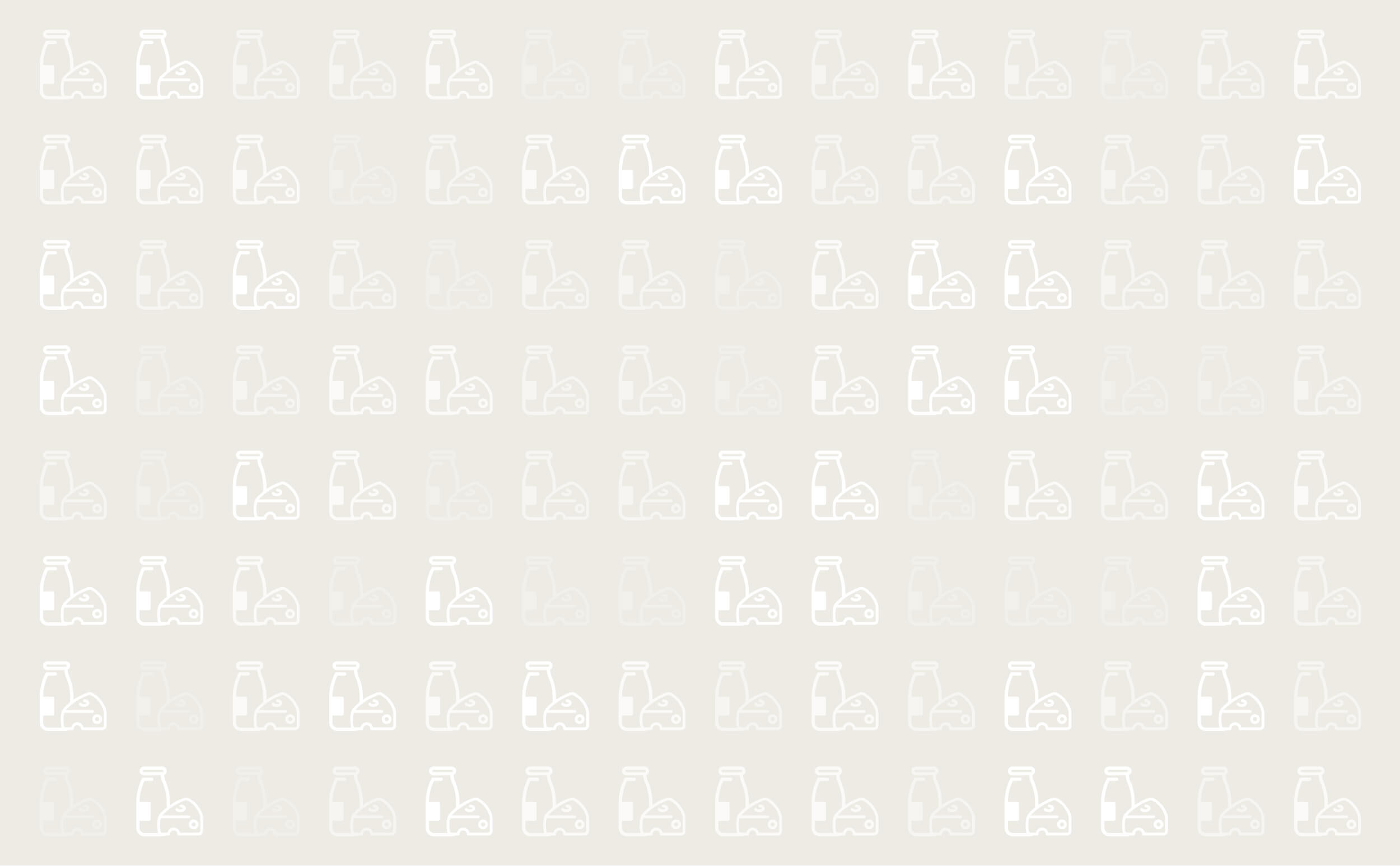



Nitrate Poisoning
Nitrate poisoning occurs because the nitrate is broken down to nitrite in the rumen. In normal circumstances this nitrite is further broken down to ammonia in the rumen and is then used by the rumen microbes to make protein. However, when large amounts of nitrate are eaten over a short period of time, the nitrite accumulates in the rumen and is absorbed. Once in the bloodstream it reacts with iron in the red blood cells so that they can no longer bind oxygen.
Clinical Signs
The signs are usually seen within a few hours of eating the nitrate. The higher the dose the faster the signs develop.- Abdominal pain
- Scour
- Weakness
- Muscle tremors
- Drooling of saliva
- Blue discolouration of the mouth
- Mouth breathing
- Collapse
- Coma
- Death
Diagnosis
The clinical signs are vague, particularly early on. Early veterinary involvement is therefore important. If your cattle have had access to nitrate and start showing signs of illness, get them checked as soon as possible.Nitrate poisoning can be identified using a blood test for either nitrate or methaemoglobin (the product formed when nitrite reacts with the red blood cells). In severe cases and at PM the methaemoglobin is visible as high levels in the blood result in the blood becoming chocolate in colour
Treatment
Remove the source of nitrate. Veterinary treatment with methylene blue can be very effective at reversing the changes in the blood, particularly in the early stages.Prevention
Prevent access to nitrate sources. In particular, prevent cattle getting into fertiliser stores. Ensiling high nitrate pastures will usually reduce the nitrate levels to safe levels (as will allowing the pasture to set seed). Feeding a high grain diet alongside high nitrate forage has a protective effect because carbohydrates enhance the conversion process from nitrate to microbial proteinThe animal can become conditioned to eat larger amounts of feed with a high nitrate content if the increase is gradual. Healthy animals are less likely to be adversely affected than animals in poor health. Adequate amounts of available carbohydrates (grain) allow the animal to consume more nitrate.
Copyright © NADIS 2002 - 2007
NADIS (National Animal Disease Information Service) is a network of 40 veterinary practices and 6 veterinary colleges monitoring diseases in cattle, sheep and pigs in the UK, including BPEX, EBLEX, HCC, QMS, Elanco Animal Health, MLC and Merial

